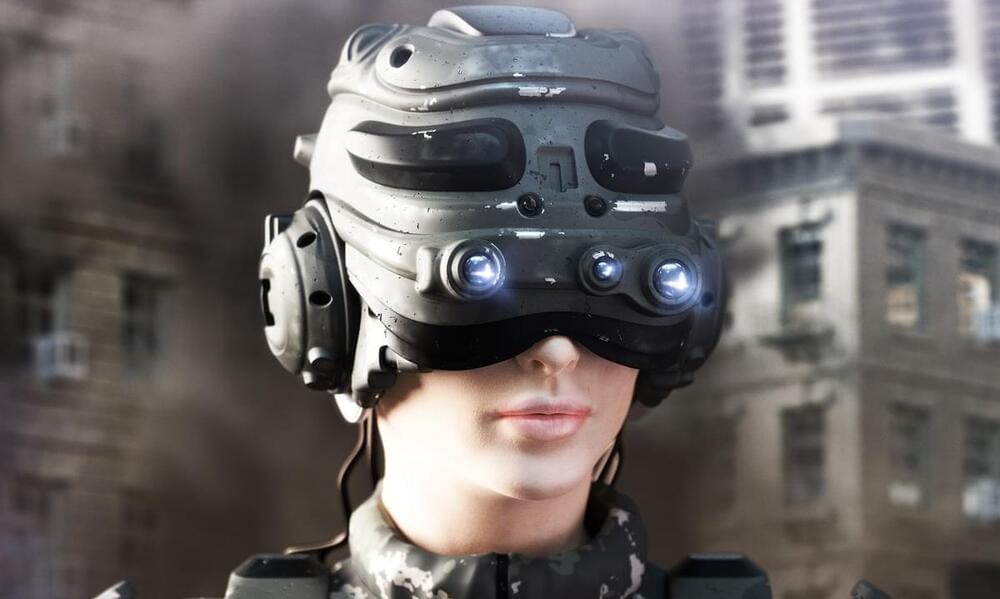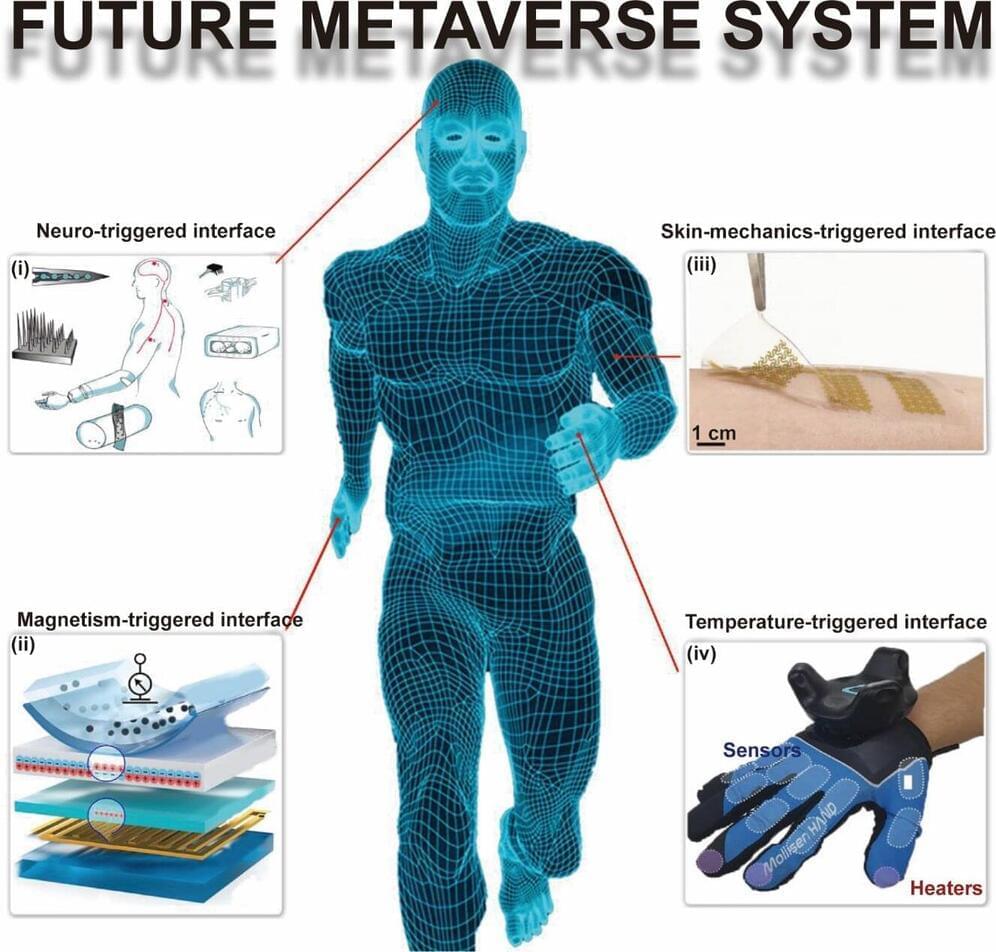XRHealth, HTC Vive and Nord-Space Aps engineered the Vive Focus 3 headset to withstand microgravity conditions to help treat astronauts’ mental health in space.



Researchers have developed a virtual reality application where a range of 3D modeling tools can be opened and controlled using just the movement of a user’s hand.
The researchers, from the University of Cambridge, used machine learning to develop ‘HotGestures’—analogous to the hot keys used in many desktop applications.
HotGestures give users the ability to build figures and shapes in virtual reality without ever having to interact with a menu, helping them stay focused on a task without breaking their train of thought.


As humans, we live in our thoughts: from pondering what to make for dinner to daydreaming about our last beach vacation. Now, researchers at HHMI’s Janelia Research Campus have found that animals also possess an imagination.
A team from the Lee and Harris labs developed a novel system combining virtual reality and a brain-machine interface to probe a rat’s inner thoughts.
They found that, like humans, animals can think about places and objects that aren’t right in front of them, using their thoughts to imagine walking to a location or moving a remote object to a specific spot.

As human beings, our lives are intertwined with our thoughts, whether we’re contemplating dinner options or indulging in memories of our recent beach getaway.
Interestingly, scientists at HHMI’s Janelia Research Campus have discovered that animals also have an imagination.
A group of researchers from the Lee and Harris laboratories devised an innovative approach that fuses virtual reality with a brain-machine interface to explore the inner thoughts of rats.

Summary: Researchers have created a groundbreaking non-contact technology to simulate cold sensations in virtual reality, maintaining consistent skin temperatures.
By combining cold airflow and light, they induce cold sensations without actual temperature shifts. This breakthrough provides a novel approach to simulating persistent thermal experiences in VR environments, enhancing the user’s immersion.
The technology holds the promise of revolutionizing VR experiences by providing instantaneous and sustained thermal sensations.
Recently, we partnered with Children’s Hospital Los Angeles (CHLA) to build a VR simulation that places medical students and staff in rare yet high-risk pediatric trauma situations where split-second decisions determine whether a patient lives or dies. Thanks to the immersive power of VR, we can replicate these training scenarios in true-to-life fashion, complete with paramedics rattling off symptoms, nurses and techs urging you to make a decision, and distraught parents praying for their child’s survival.
These visceral, interactive exercises up the stakes compared to traditional educational tools like non-VR simulations and mannequins. Powered by AiSolve and brought to life by the Hollywood VFX magic of BioflightVR, these virtual scenarios based on actual CHLA case studies let doctors and students practice and learn in realistic workplace conditions. Not only does this new innovation stand to significantly reduce the time and cost associated with mannequin-based training, it also better prepares people to respond in the real world.
Official Oculus Channels:
Oculus: http://ocul.us/Oculus.
Facebook: http://ocul.us/Facebook.
Twitter: http://ocul.us/Twitter.
Instagram: http://ocul.us/Instagram

Holograms provide a three-dimensional (3D) view of objects, offering a level of detail that two-dimensional (2D) images cannot match. Their realistic and immersive display of 3D objects makes holograms incredibly valuable across various sectors, including medical imaging, manufacturing, and virtual reality.
Traditional holography involves recording an object’s three-dimensional data and its interactions with light, a process that demands high computational power and the use of specialized cameras for capturing 3D images. This complexity has restricted the widespread adoption of holograms.


Researchers from Changchun University of Science and Technology (CUST) and City University of Hong Kong (CityU) have conducted a survey on the fabrication of flexible sensors using nanomaterials of different dimensions and the triggering methods of interaction between these sensors and virtual reality applications.
The review, published in the International Journal of Extreme Manufacturing (IJEM), highlights the recent advancements in nanomaterial-based flexible sensors (NMFSs) involving various nanomaterial frameworks such as nanoparticles, nanowires, and nanofilms.
Different triggering mechanisms for interaction between NMFSs and metaverse/virtual reality applications are discussed, e.g., skin-mechanics-triggered, temperature-triggered, magnetically triggered, and neural-triggered interfaces.